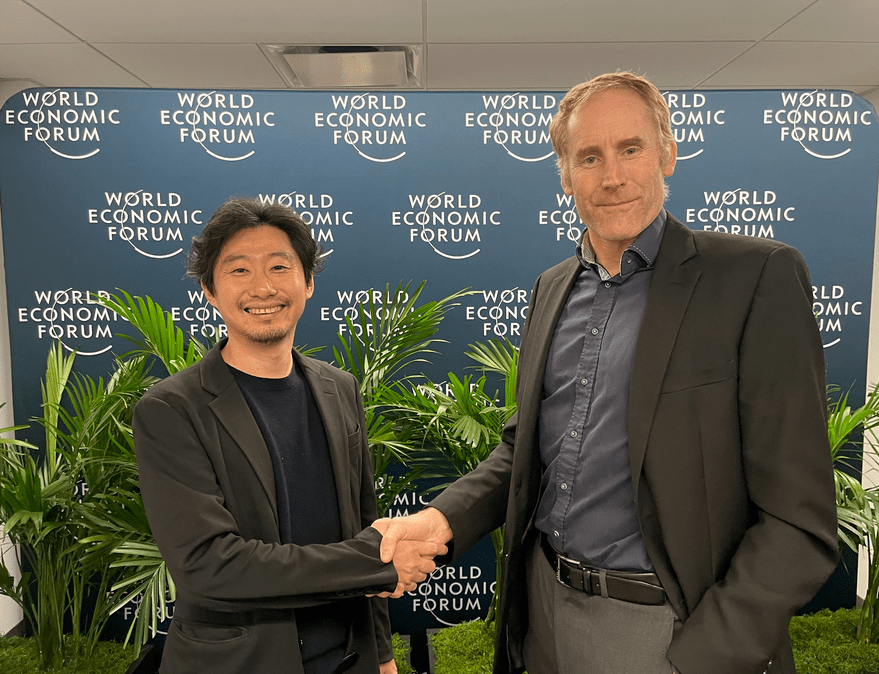Orbit Fab and ispace to collaborate on lunar propellant harvesting and delivery

SAN FRANCISCO – Orbit Fab, a startup developing in-space refueling services, announced plans Dec. 11 to work with lunar exploration company ispace on propellant harvesting and delivery.
“We’re looking forward to ispace’s upcoming lander missions. And we’re looking to work with them to effectively create the full end-to-end propellant supply chain in orbit and on the moon,” Daniel Faber, Orbit Fab founder and CEO, told SpaceNews.
A memorandum of understanding signed by Takeshi Hakamada, founder and CEO of Tokyo-based ispace, and Faber sets the stage for a series of demonstrations focused on lunar resource mapping and in-situ resource utilization.
Over the long term, Orbit Fab will refuel ispace lunar landers and ispace will help Orbit Fab obtain propellant for fuel shuttles and depots, Faber said.
Hakamada said in a statement that working with Orbit Fab is a step toward realizing ispace’s goal of long-term lunar development and creation of a cislunar economy.
Long-Term Potential
Ispace’s first lunar lander crashed into the moon in April. A similar lander, HAKUTO-R Mission 2, built by ispace Japan is scheduled to launch next winter. A far larger lander, being designed by ispace technologies U.S., is expected to launch in 2026.
Orbit Fab plans to establish its in-space refueling business by providing hydrazine for the U.S. Space Force Tetra-5 spacecraft.
“We’ll be lifting that from Earth. That’s the supply chain we can stand up immediately. But longer term, we see the potential of space-based resources to make a thriving space economy,” Faber said.
While ispace’s current focus is on lunar delivery and lunar infrastructure, the company’s medium-term plans for lunar resource extraction “line up very well” with Orbit Fab’s anticipated demand for resources, Faber said. “We are quite excited by where this will go and the various propellants that we could make from the material that ispace will extract from the moon.”
Fuel production from lunar resources may be years away. But it’s important for Orbit Fab and ispace to begin talking.
“We want to make sure that our architectures are compatible “both so that we can provide ispace with propellant that will help with their missions, but also so they can provide us with materials further down the track,” Faber said. “It takes time to develop the technology. It takes time to build the infrastructure and the markets. This is the start.”
Correction: The ispace lander scheduled to launch in 2024 is being built by ispace Japan and not ispace U.S.
Related
ncG1vNJzZmiroJawprrEsKpnm5%2BifLC%2BwaKrZp6Rl3qiusNmoKyokZiybsDOZpqopJyWr7C%2BwK2cZqeeYrm2usCrZKmqn6WyrbjAp6tmoJGnw6a%2F06KloGWRo7FusMSloK%2Bdoq58